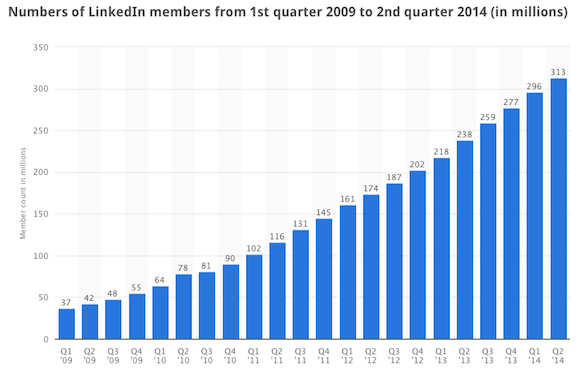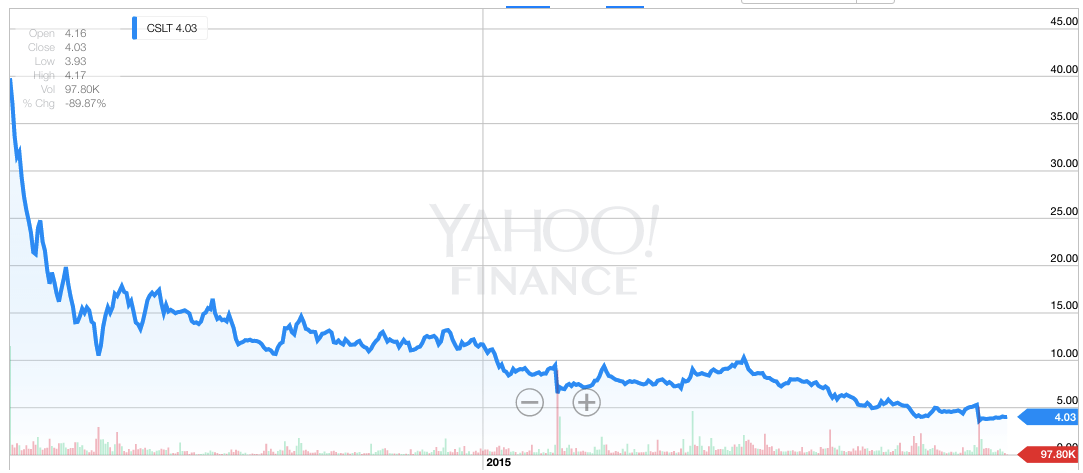Startups & Commitments
Marc Andreessen and Clayton Christensen had a great talk the other day on the a16z podcast. It's definitely worth listening to the entire thing but Marc made one particularly interesting point that I wanted to capture.
He noted that the longer a company operates the more commitments it inevitably makes to its various stakeholders (customers, vendors, employees, partners). As these commitments pile up it becomes more difficult for the company to adapt to changing market conditions (to stay ahead of disruptors, respond to changing customer tastes, pursue new product opportunities, etc.). At the extreme, the company becomes virtually paralyzed and unable to innovate.
This is a much more accurate explanation of why it's difficult for big companies to innovate than the old notion that these companies get successful and turn incompetent or arrogant. To the contrary, they're actually quite competent and humble -- they're simply trying to honor the commitments they've made to various stakeholders over the years. On the surface this is a good thing. But when you look more closely you see that companies will eventually become nothing but a product of their past commitments made at a different time by different people with a different context. Stagnation is inevitable.
This point really resonated with me. Whenever I speak to a job candidate that's working with a company that's struggling they almost always explain the company's problem as some version of the 'commitment problem'. There's a great lesson in here for startups. When a startup finds itself making painful decisions only to honor past commitments, it's worth pausing and ensuring that those commitments are consistent with what's needed in the moment and what's best for the company in the long-term. Unraveling commitments that were made in the early days can be extremely challenging, especially for startups that rely on their early customers to fuel growth. But at scale too many commitments will lead to a stale product for everyone that's made by a company that may not be around for too long.



 Because of the emergence of crowdfunding, angel syndicates, private exchanges, and a lower regulatory bar to invest in early-stage startups, it’s likely that we’ll start to see much more consistency between private valuations and subsequent public valuations. Also, don’t underestimate tools like eShares that help founders manage complex cap tables. I can vividly remember being at a startup where we didn’t want to give out stock options to consultants for no other reason than it would’ve added too much complexity to our cap table. It's a lot easier for a private company to manage thousands of investors than it used to be.
Because of the emergence of crowdfunding, angel syndicates, private exchanges, and a lower regulatory bar to invest in early-stage startups, it’s likely that we’ll start to see much more consistency between private valuations and subsequent public valuations. Also, don’t underestimate tools like eShares that help founders manage complex cap tables. I can vividly remember being at a startup where we didn’t want to give out stock options to consultants for no other reason than it would’ve added too much complexity to our cap table. It's a lot easier for a private company to manage thousands of investors than it used to be.
